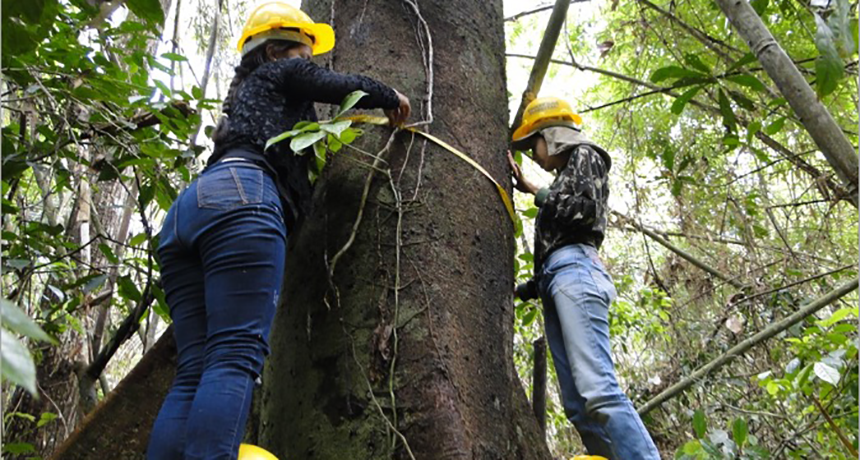Questions for ‘Science on a shoestring’

Researchers in Brazil partnered with American scientists to study the Amazon rainforest. Here, Sabina Ribeiro (top right) and three community members measure the circumference of a tree.
Fernando Schimidt

Researchers in Brazil partnered with American scientists to study the Amazon rainforest. Here, Sabina Ribeiro (top right) and three community members measure the circumference of a tree.
Fernando Schimidt